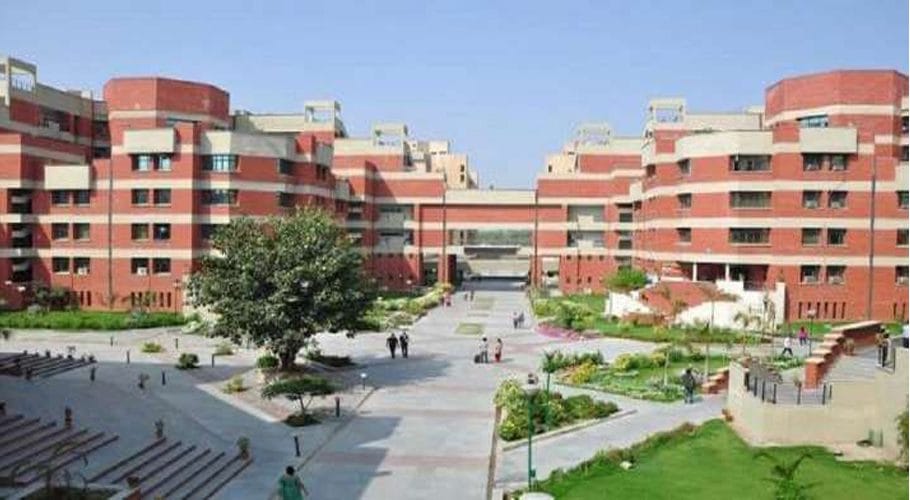The Reserve bank of India, decided to keep the economy’s benchmark interest rates unchanged on Thursday. The decision was made after three days of deliberations by the RBI’s Monetary Policy Committee. As part of the bi-monthly review of monetary policy on August 4, the RBI’s expectations varied.
- There were people who expected the RBI to lower the repo rate, the interest rate the RBI charges when the banking system borrows from it, given poorer and poorer forecasts for economic growth in India.
- To be sure, India’s gross domestic product (GDP) growth forecast has been revised downward since the Covid-19 outage hit the economy.
- Right now, most experts expect the economy to contract sharply, by as much as 10 percent, in the current fiscal year.
- Others expected the RBI to sit still and avoid cutting the pension rate because retail inflation, the key variable the RBI is supposed to target, had been above the comfort zone of the RBI for most of that calendar year.
- Ultimately, the RBI MPC unanimously chose to maintain the status quo on the buyback rate.
In a fast-growing economy, incomes rise rapidly and more and more people have the money to buy the existing stack of products. As more and more money ejects the existing pool of goods, the prices of those goods rise.
- In other words, inflation (which is nothing more than the rate of price increase) is skyrocketing.
- To contain inflation, a country’s central bank generally raises interest rates in the economy.
- By doing so, you encourage people to spend less and save more, as saving becomes more profitable as interest rates rise.
- As more and more people choose to save, money is drained from the market and the rate of inflation drops.
- When growth contracts, as it is in the current fiscal year, or when its growth rate slows, as it did throughout 2019, people’s incomes are generally affected as well.
- As a result, less and less money seeks the same amount of goods. This results in a slowdown in the rate of inflation (that is, prices rise by 1% instead of 5%; also called “disinflation”) or contract (also called “deflation”; in other words, prices decrease 1% instead of increasing 5%).
- In such situations, a central bank lowers interest rates to induce spending and thus stimulate economic activity in the economy.
- Lower interest rates mean that it is less profitable to keep your money in the bank or other similar savings vehicle.
- As a result, more and more money enters the market, stimulating growth and inflation.
The RBI is currently facing a strange situation; GDP contracts even as inflation rises. This happens because the pandemic has reduced demand, on the one hand, and interrupted supply, on the other. As a result, both things happen: lower growth and higher inflation.
- It is true that to contain inflation, the RBI would have to raise interest rates, and under normal circumstances, it would have. But raising interest rates at this point would be catastrophic for India’s GDP growth.










More Stories
Orissa High Court Criticizes OPSC for Flawed Evaluation in Judicial Exam
MAH CET Registration 2025: Extended Deadline and Key Details
CUET PG 2025 Registration Extended: Apply Before February 8